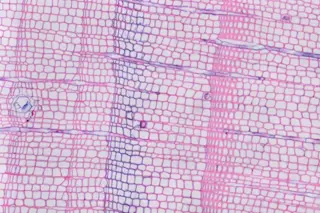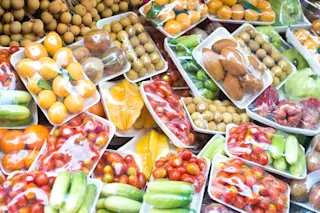Each year, humanity churns out some 300 million tons of plastic and ships it around the world before dropping it into landfills. And the problem doesn’t stop there. In the half-century since plastic exploded into our lives, tiny bits of it have spread through our oceans, our ecosystems and even our bodies. So far, humanity has struggled to get rid of it.
But there may be new hope for a solution. Scientists say they’ve found a caterpillar that loves to eat this non-biodegradable waste. The insects won’t save us from our plastic pollution, but figuring out how they digest the garbage could help offer up a solution.
“Nature is providing us with a great starting point to model how to effectively biodegrade plastic,” says biologist and study author Christophe LeMoine of Brandon University in Manitoba. “But we still have a few more puzzles to solve before using this technology, so ...














